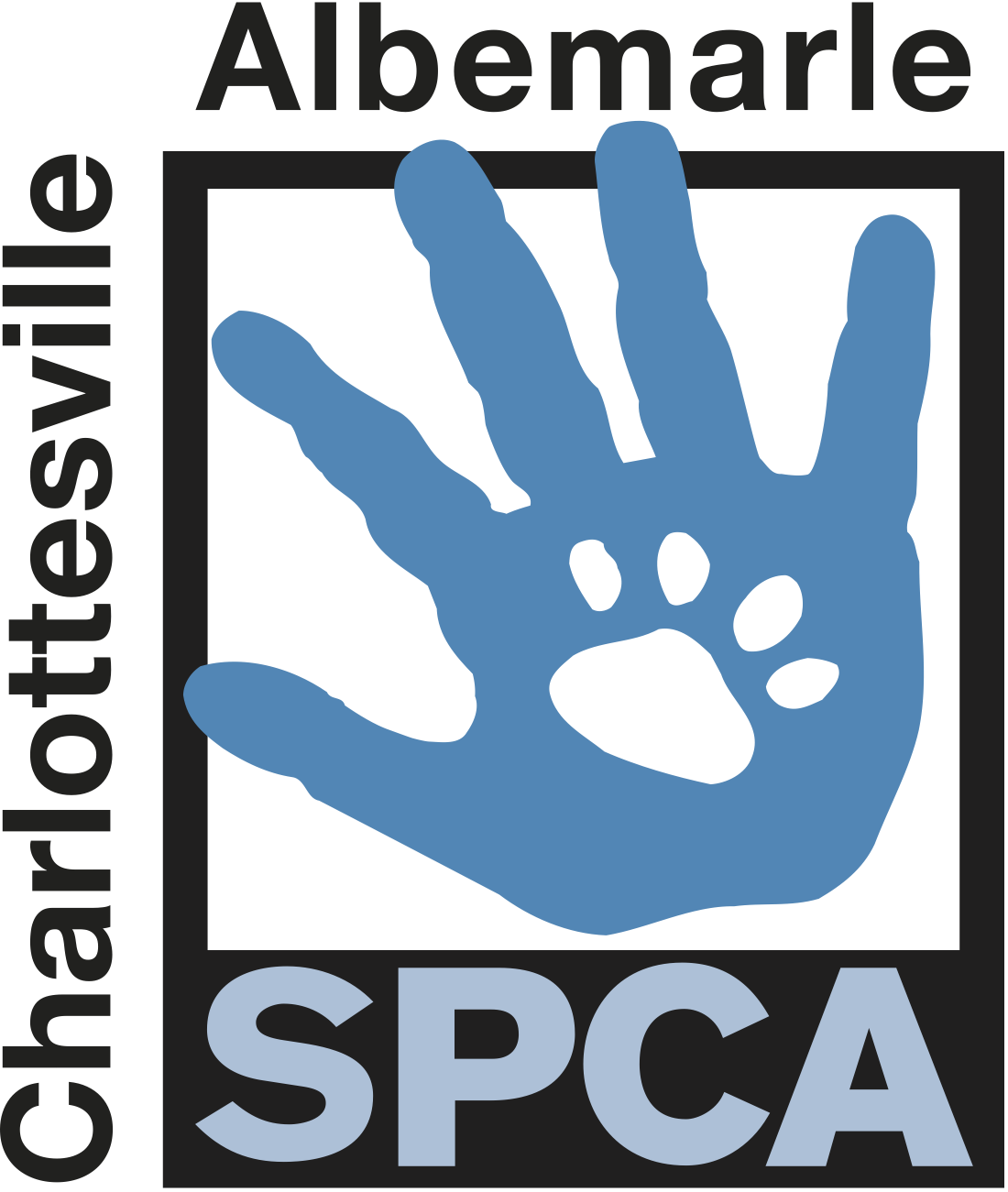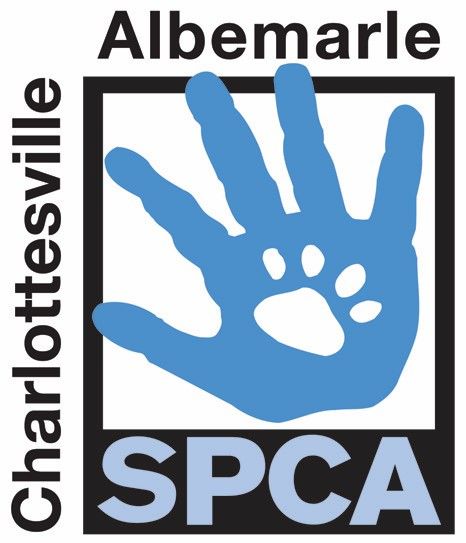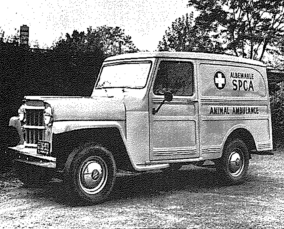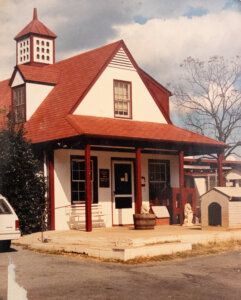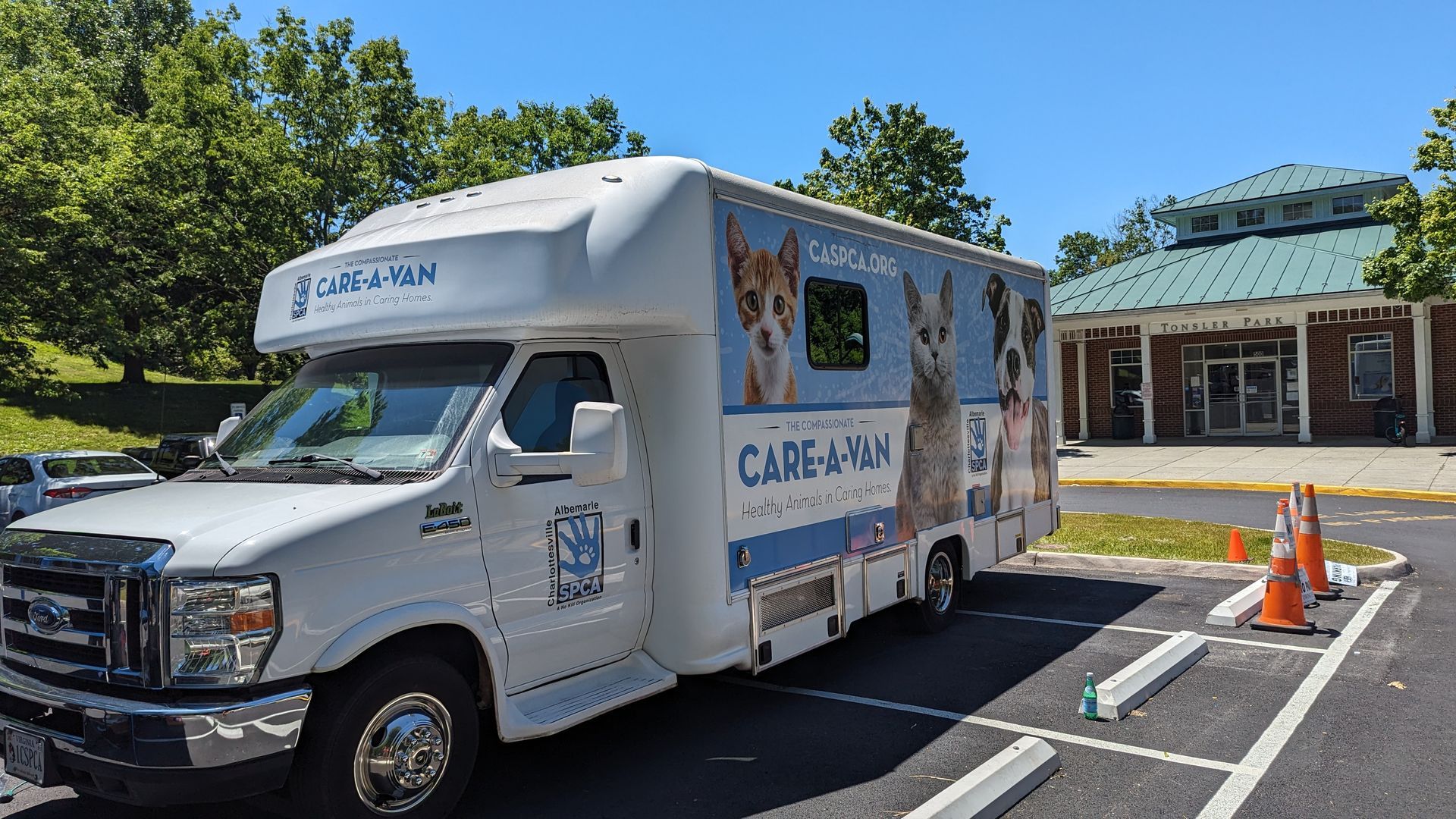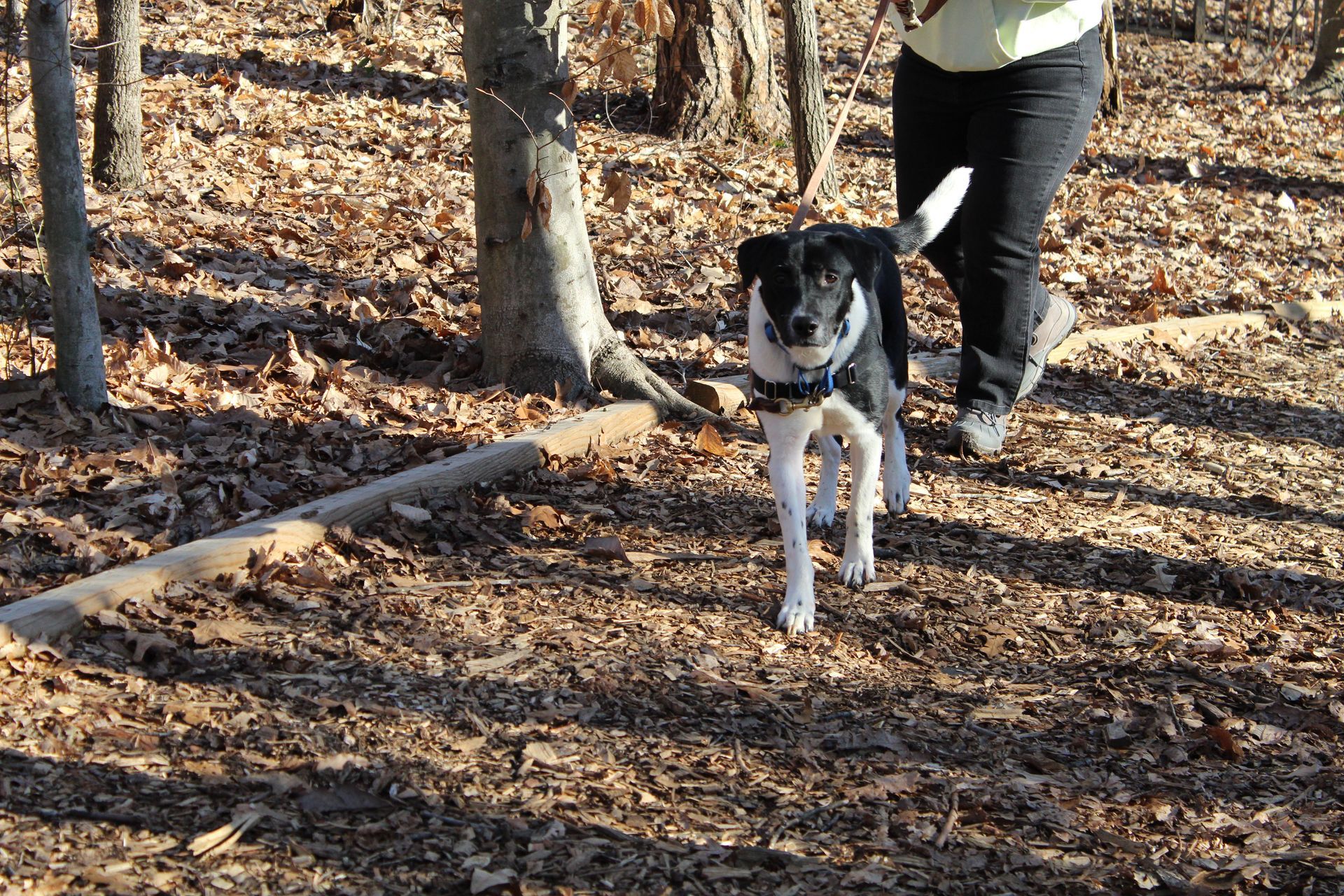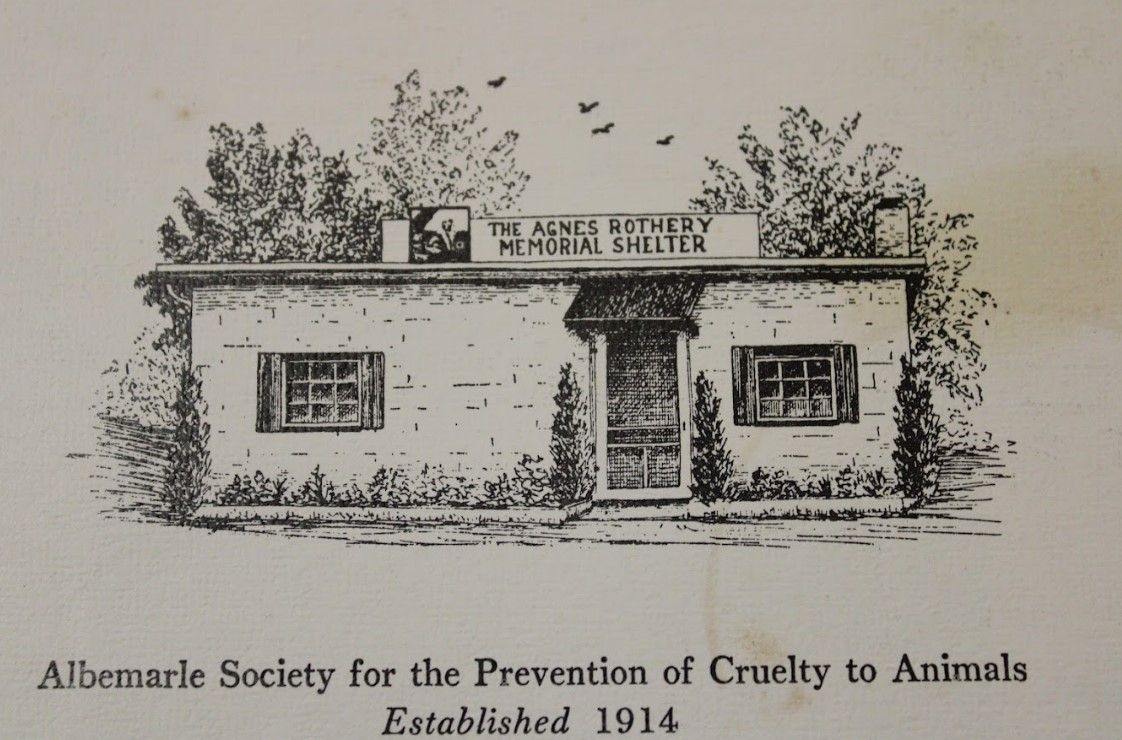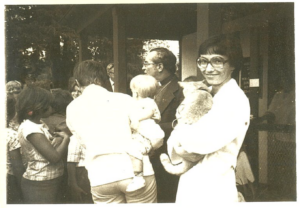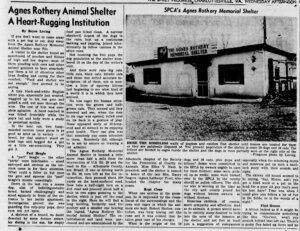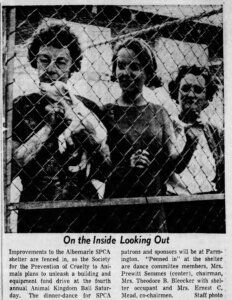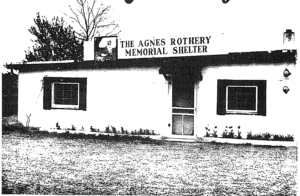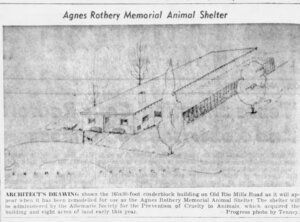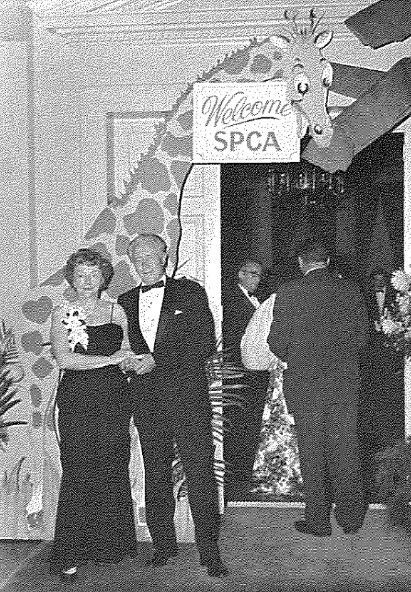Our history
Started in 1914...
From humble beginnings with a handful of dedicated members operating out of basements and garages, to 65-person staff with 50,000+ adoptions in the past 20 years and over 7,000 lives impacted last year alone - the SPCA boasts a history nearly half the age of the city itself.
In 1914, J.H. Montague and E.B. Peyton obtained a charter to officially form the Albemarle Society for the Prevention of Cruelty to Animals. Early efforts focused on preventing cruelty through education and enforcement. Despite financial setbacks, dedicated volunteers continued rescuing and caring for animals using their own vehicles, even housing them in a local stable owned by veterinarian Dr. Woods.
Growth and a Permanent Shelter (1930 - 50s)
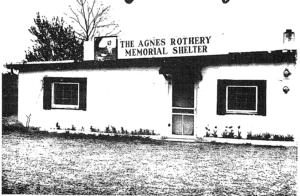
Slide title
The original shelter, a converted chicken coop - 1950's
Button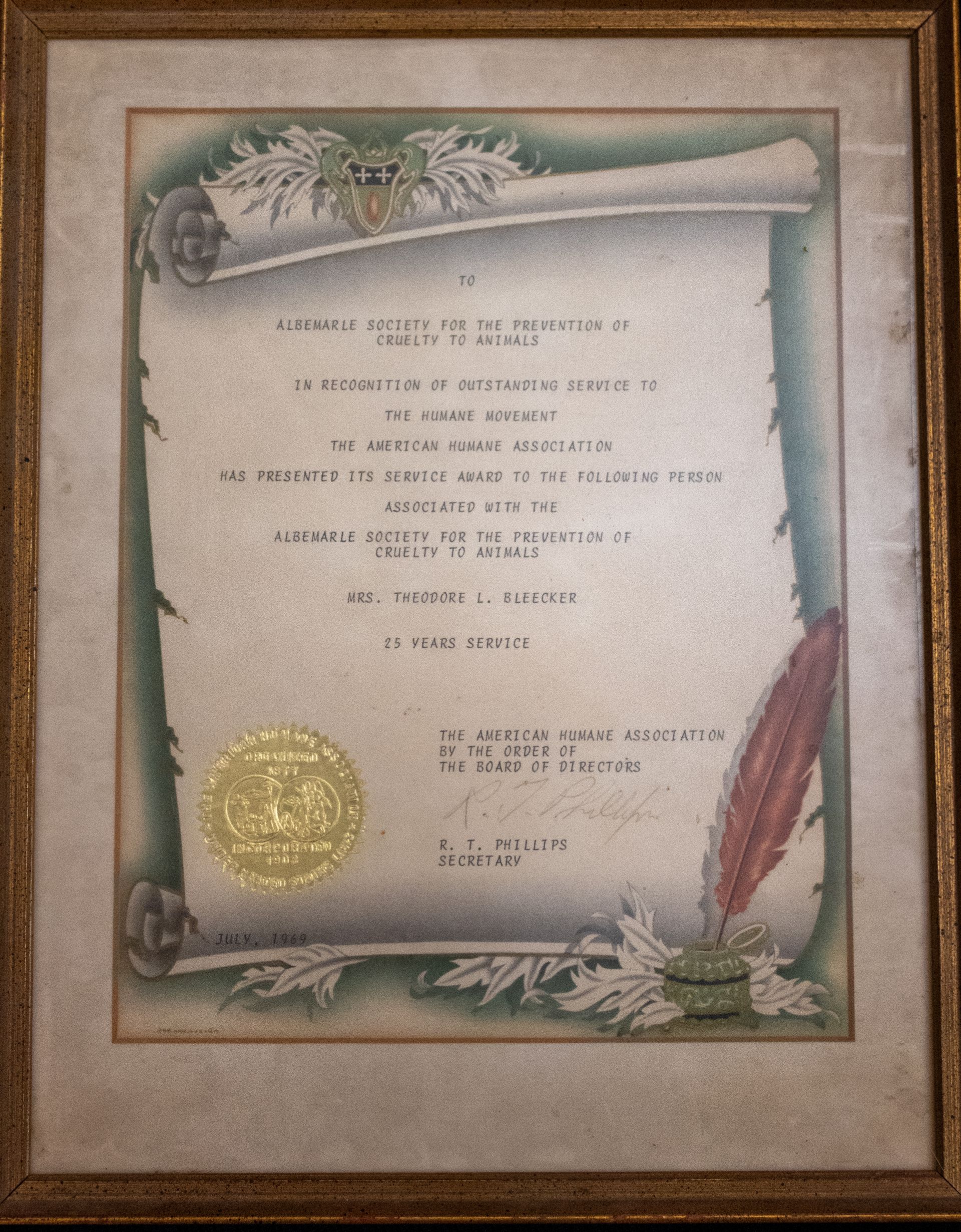
Slide title
Award given to former SPCA President Lucy Bleecker
Button
Slide title
Write your caption hereButton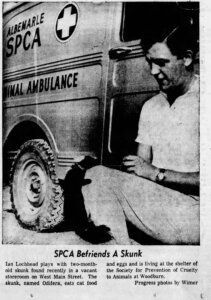
Slide title
Write your caption hereButton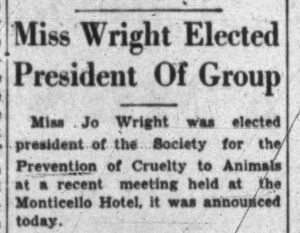
Slide title
Write your caption hereButton
Slide title
The Daily Progress - September 1959
Button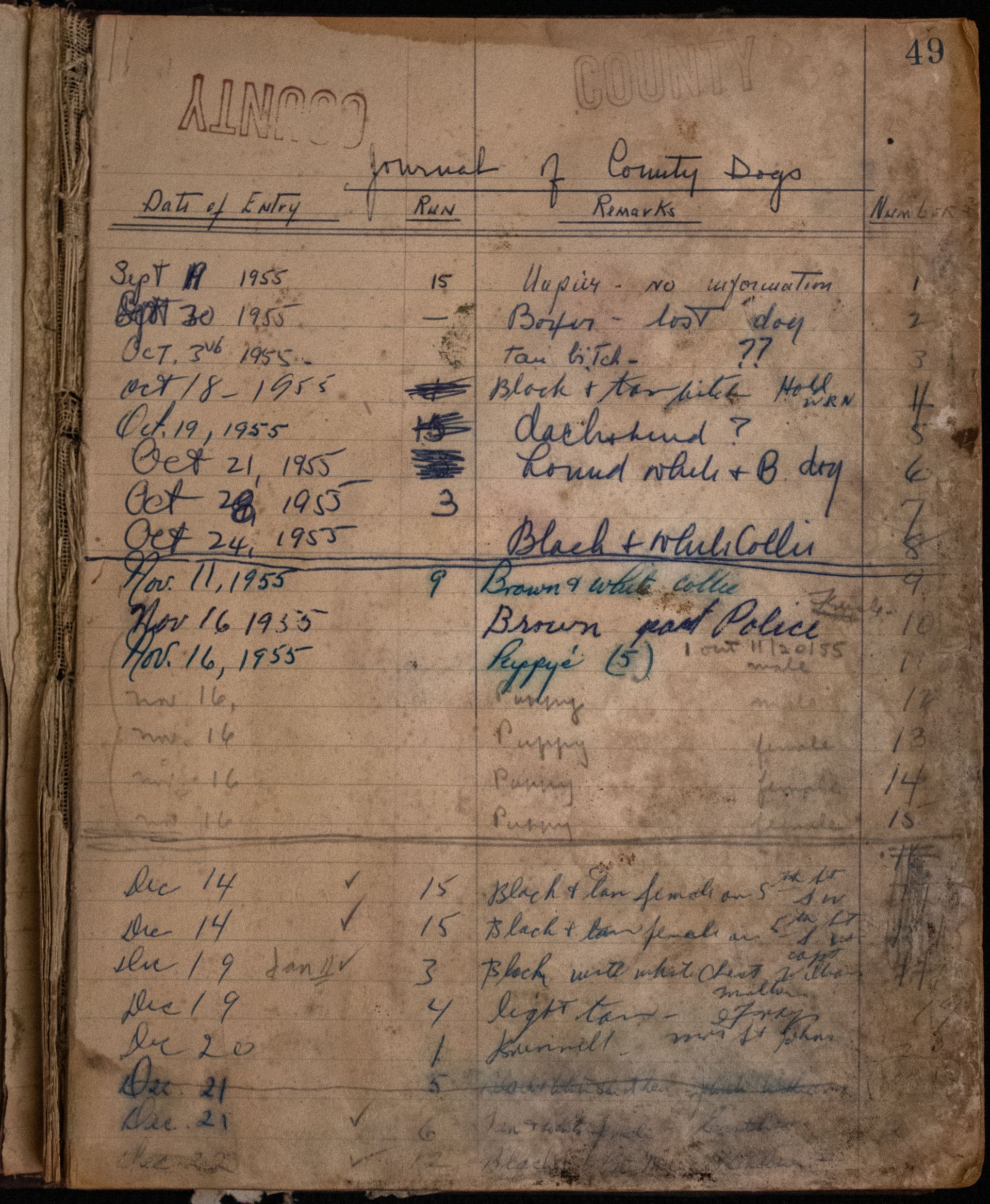
Slide title
Stray dog intake record - 1955
Button
A generous $5,000 bequest from member Anna Grace Lyon in 1934 provided the SPCA with a much-needed financial boost. Fundraising efforts, including donation drives and membership dues, kept the organization afloat, though it still lacked a permanent facility. Dedicated members, including future president Mrs. Henry Pratt (better known as author Agnes Rothery), cared for animals in their own homes and transported them using the SPCA’s first major asset—an “Animal Ambulance.”
Under Rothery’s leadership, the organization expanded its services, providing vaccinations for stray animals and finding homes for adoptable pets while continuing to grow its fundraising efforts. In 1954, leadership passed to Miss Virginia Nash, a UVA-educated lawyer, who helped fulfill the long-held goal of establishing a permanent shelter. A bequest from Mrs. Pratt provided the final financial piece, allowing for the purchase of land and the conversion of a chicken coop into the Agnes Rothery Memorial Animal Shelter.
Expansion and Innovation (1950s–80s)
With Ian Lochhead, a graduate student from London, leading the SPCA, the organization entered a period of growth. New amenities, such as individual quarters for cats, an infirmary funded by a bequest, new dog runs, and an upgraded animal ambulance, were added to enhance the shelter’s capabilities.
However, it was Sally Mead, who became Executive Director in the late 1960s, that truly transformed the SPCA. Mead, a longtime member and tireless advocate, served until the late 1980s leaving an indelible mark on the organization. Her leadership expanded the SPCA’s reach beyond just cats and dogs, welcoming injured wildlife, farm animals, and exotic pets. Known for her unwavering compassion and direct approach, Mead championed humane education and was a beloved figure within the community. Under her guidance, the SPCA not only grew in size and scope but also became a cornerstone of animal welfare in the region, cementing Mead’s legacy as one of the most pivotal figures in the organization’s history.
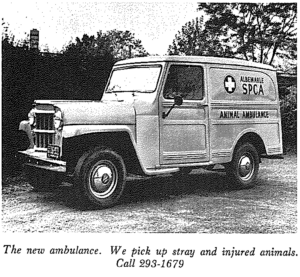
Slide title
"The New Ambulance" - SPCA Newsletter, 1965
Button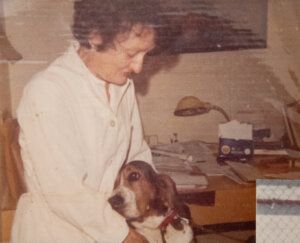
Slide title
Sally Mead with a hound dog - photo donated by Jenny Mead
Button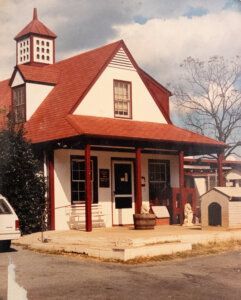
Slide title
The former shelter with renovations - photo donated by Jenny Mead
Button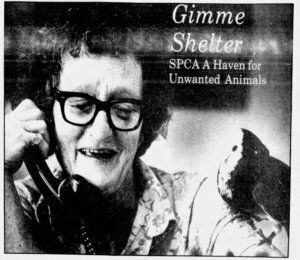
Slide title
The Daily Progress - 1978
Button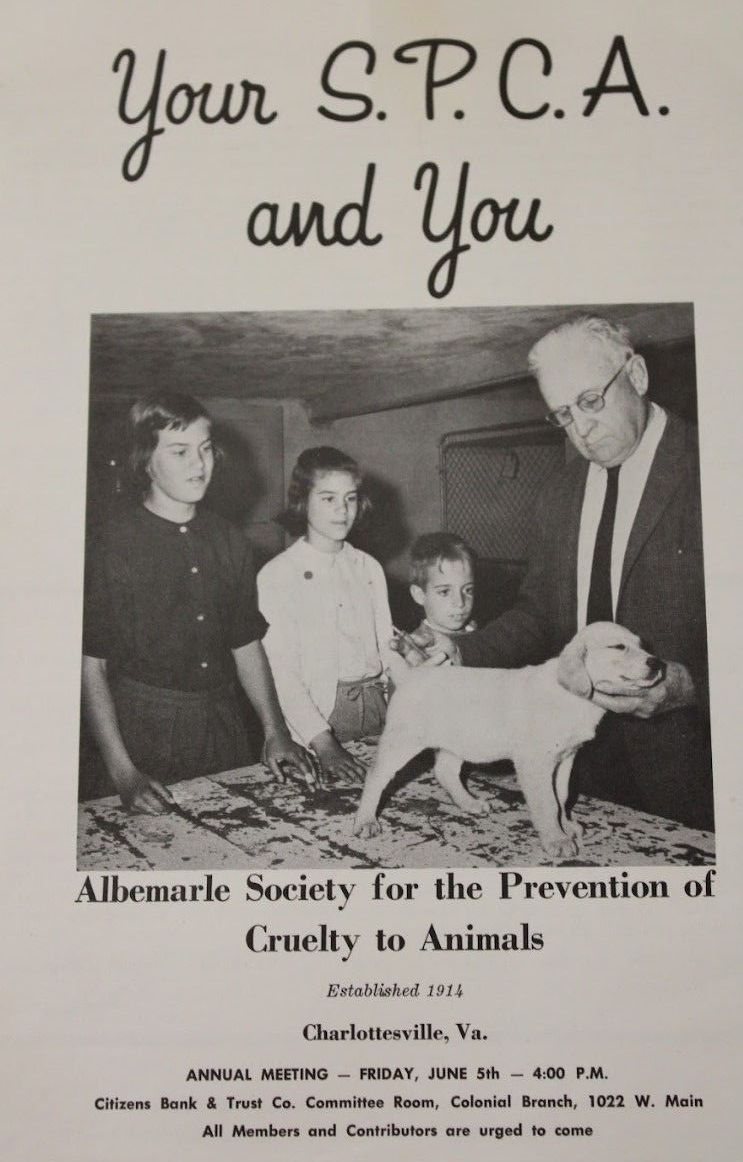
Slide title
Write your caption hereButton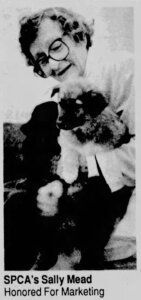
Slide title
The Daily Progress - 1989
Button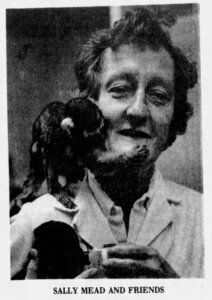
Slide title
The Daily Progress - 1977
Button
Earning 'No-Kill' Status (1990s–00s)
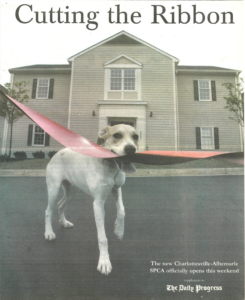
Slide title
Newspaper Clipping, SPCA Archives, 2004
Button
Slide title
The New Courtyard - 2004
Button
Slide title
Newspaper Clipping - SPCA Archives
Button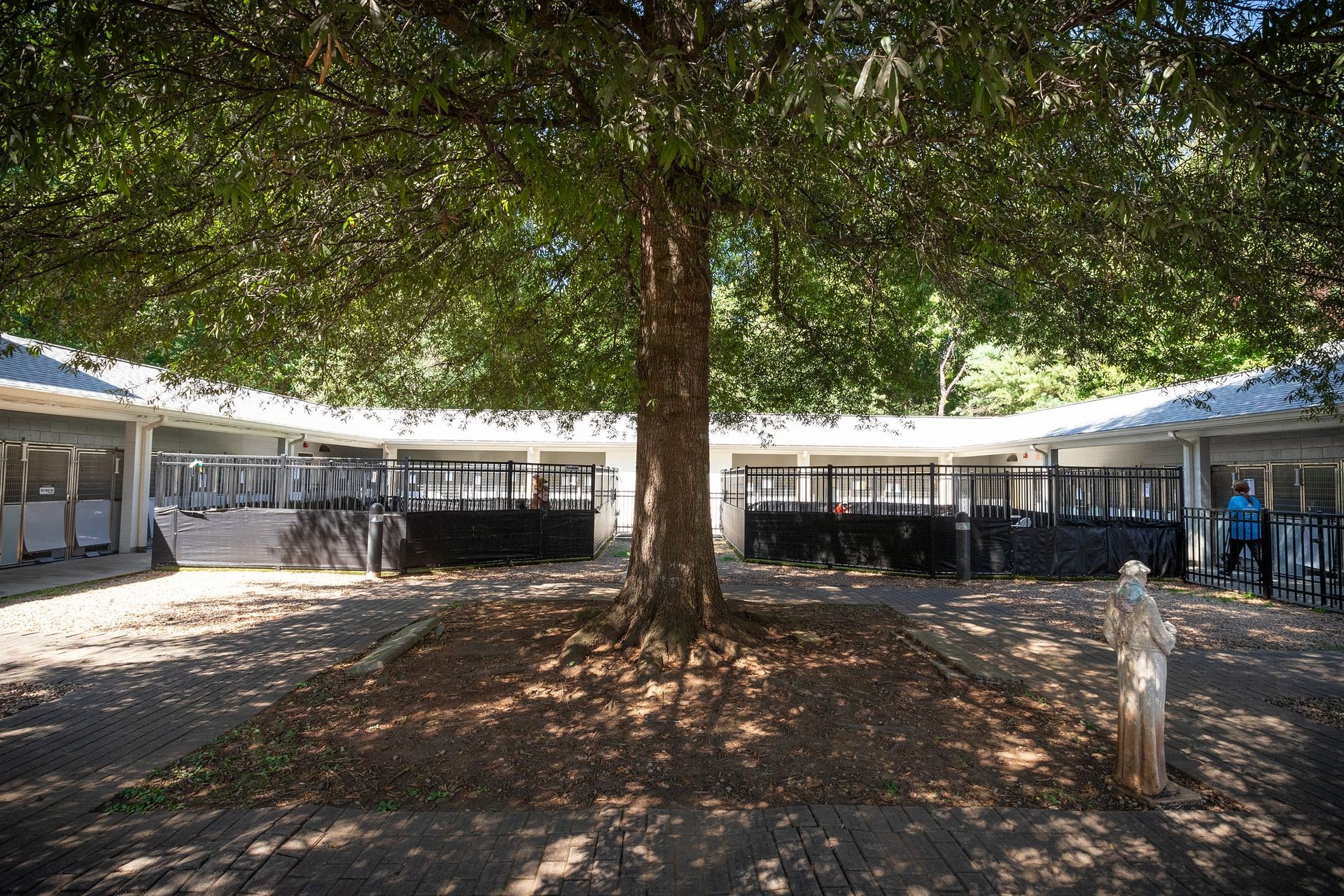
Slide title
Write your caption hereButton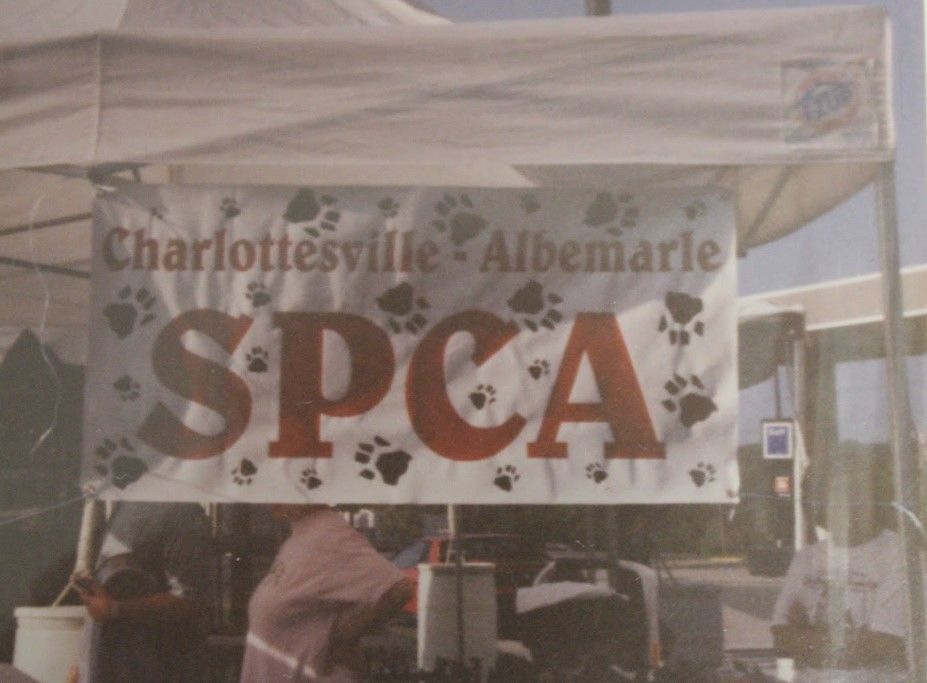
Slide title
Write your caption hereButton
Throughout the '90s and early '00s the shelter's facilities and programs continued to evolve. In 2004, after nearly 50 years in the converted chicken coop, the SPCA moved into a new, state-of-the-art facility. The new shelter greatly improved conditions for both animals and staff, with features like advanced air filtration, isolation rooms for intake, and soundproofing to reduce animal stress.
This move paved the way for program expansion, including in-house veterinary services and a strengthened commitment to spaying and neutering, which helped dramatically reduce euthanasia rates. By 2006, the SPCA achieved a >90% save rate, earning its “no-kill” designation—one of the first shelters in the country to do so.
A New Era and More Growth (2000s–now)
Today, the Charlottesville-Albemarle SPCA continues to thrive, with a dedicated staff of 65 individuals. Our mission is to advance the humane treatment of dogs and cats by providing comprehensive sheltering, medical care, and behavioral support. We strive to ensure every animal has the opportunity to find a permanent, loving home through community education and outreach.
In 2023, Libby Jones joined the organization as Executive Director, ushering in a new chapter for the SPCA. Libby’s leadership has sparked a renewed focus on the values that have made the SPCA successful, while also looking ahead to the future. With a commitment to innovation, growth, and community engagement, the organization is poised for continued success. To learn more about our vision for the future, including the goals and initiatives that will guide us forward, please read our strategic plan.
None of the work we have accomplished would have been possible without the tireless efforts of our supporters, volunteers, staff, and community members. Thank you for 110 years of unwavering support and dedication to making a difference.
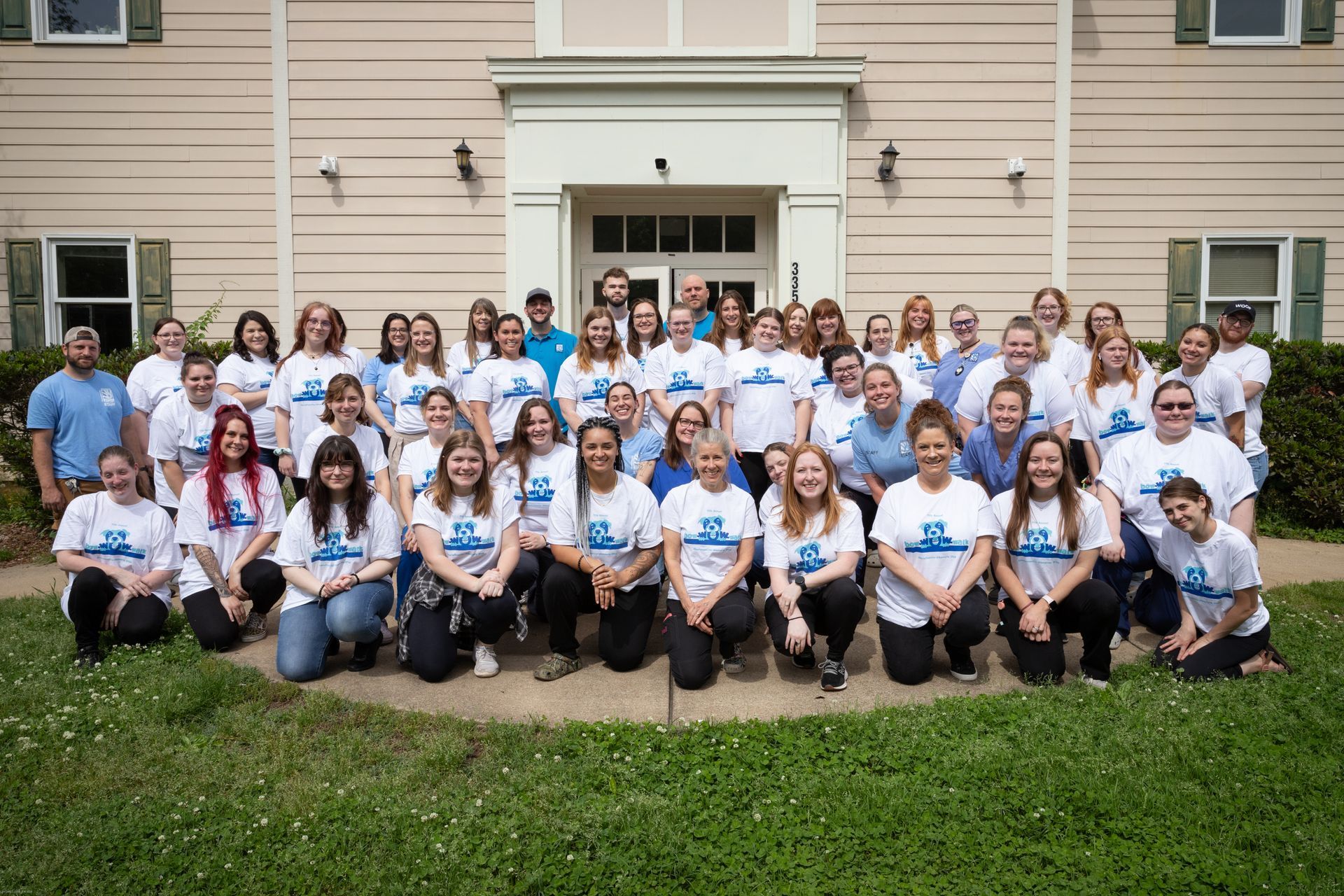
Slide title
Write your caption hereButton
Slide title
Write your caption hereButton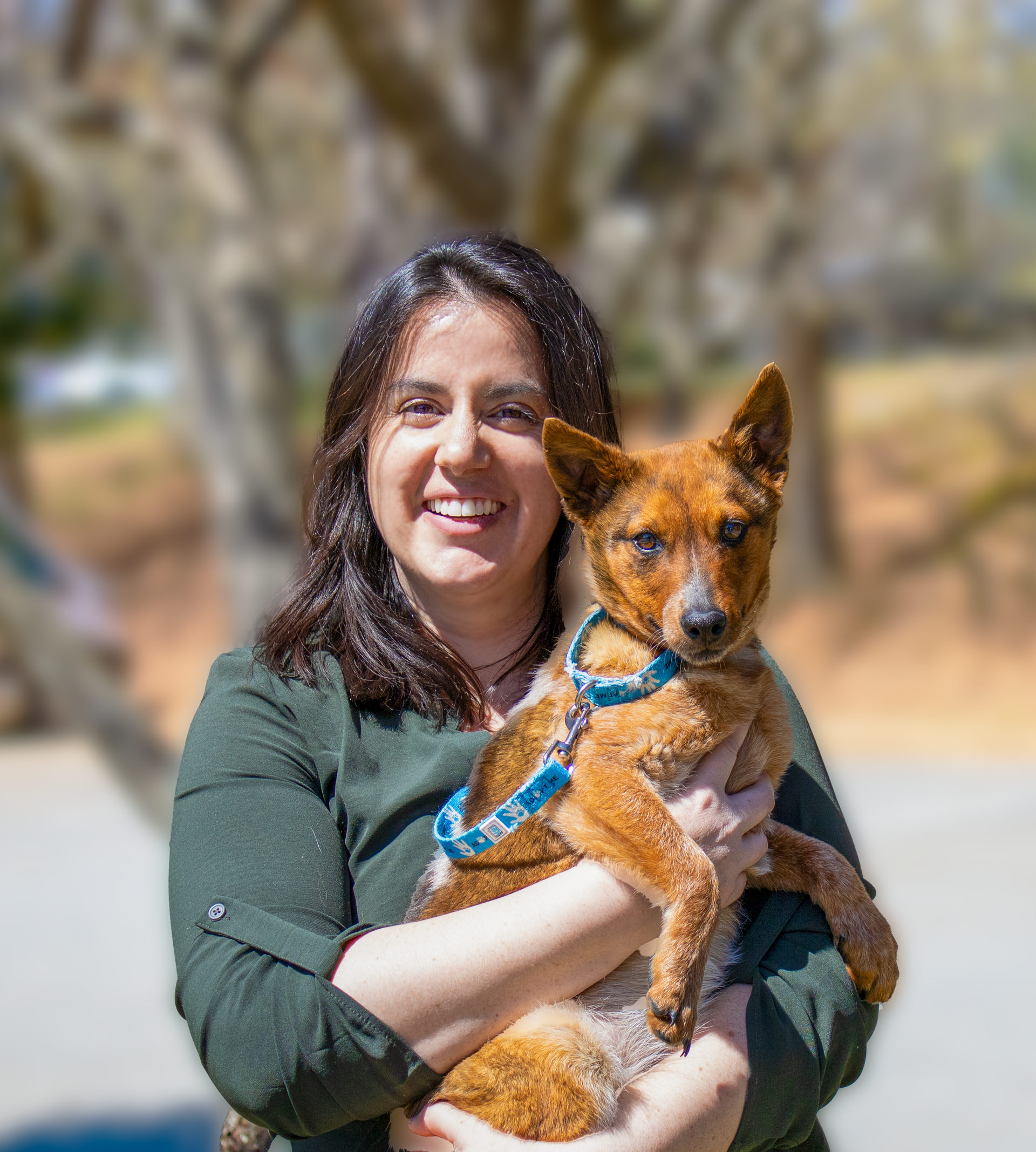
Slide title
Write your caption hereButton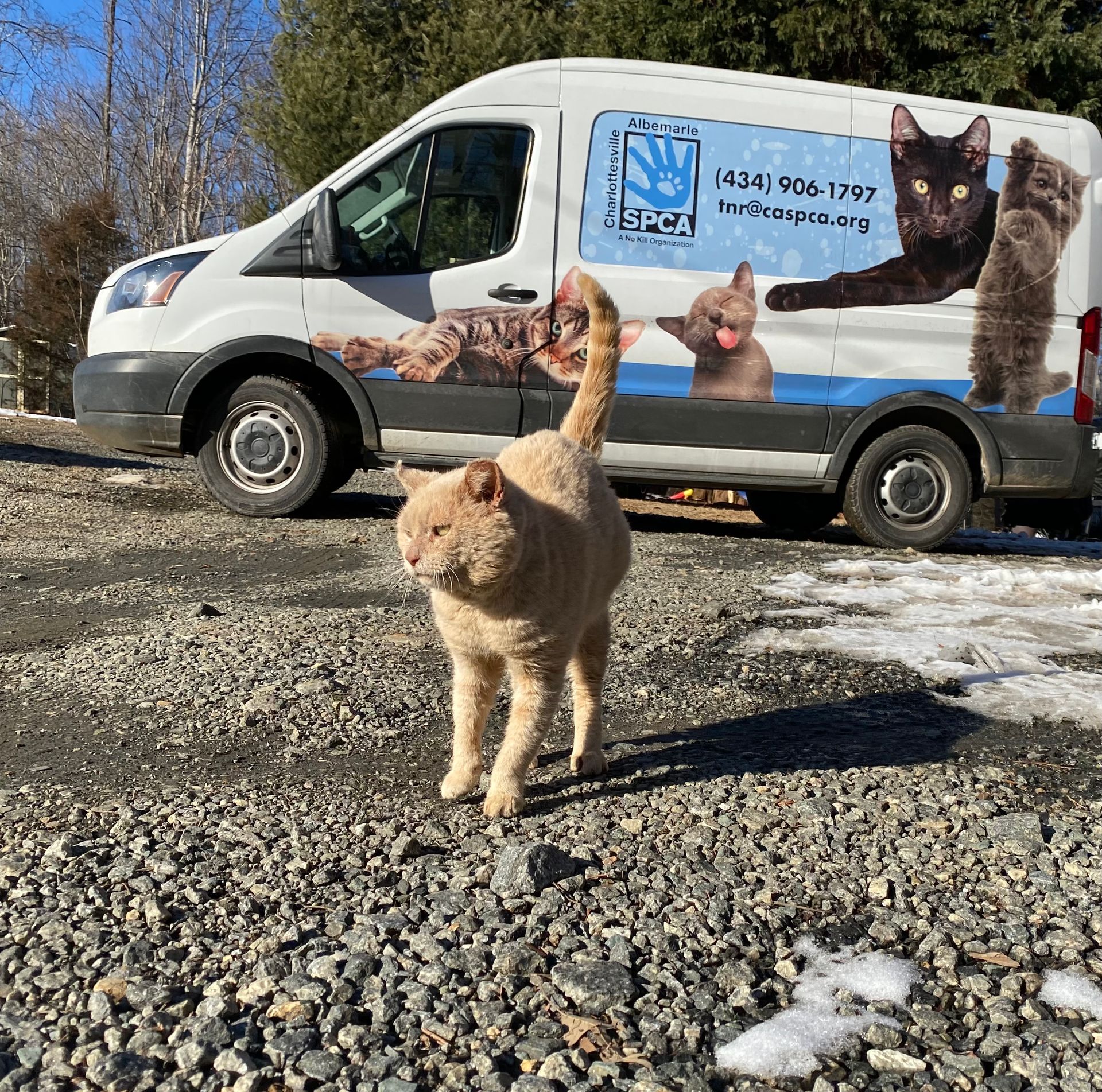
Slide title
Write your caption hereButtonSlide title
Write your caption hereButton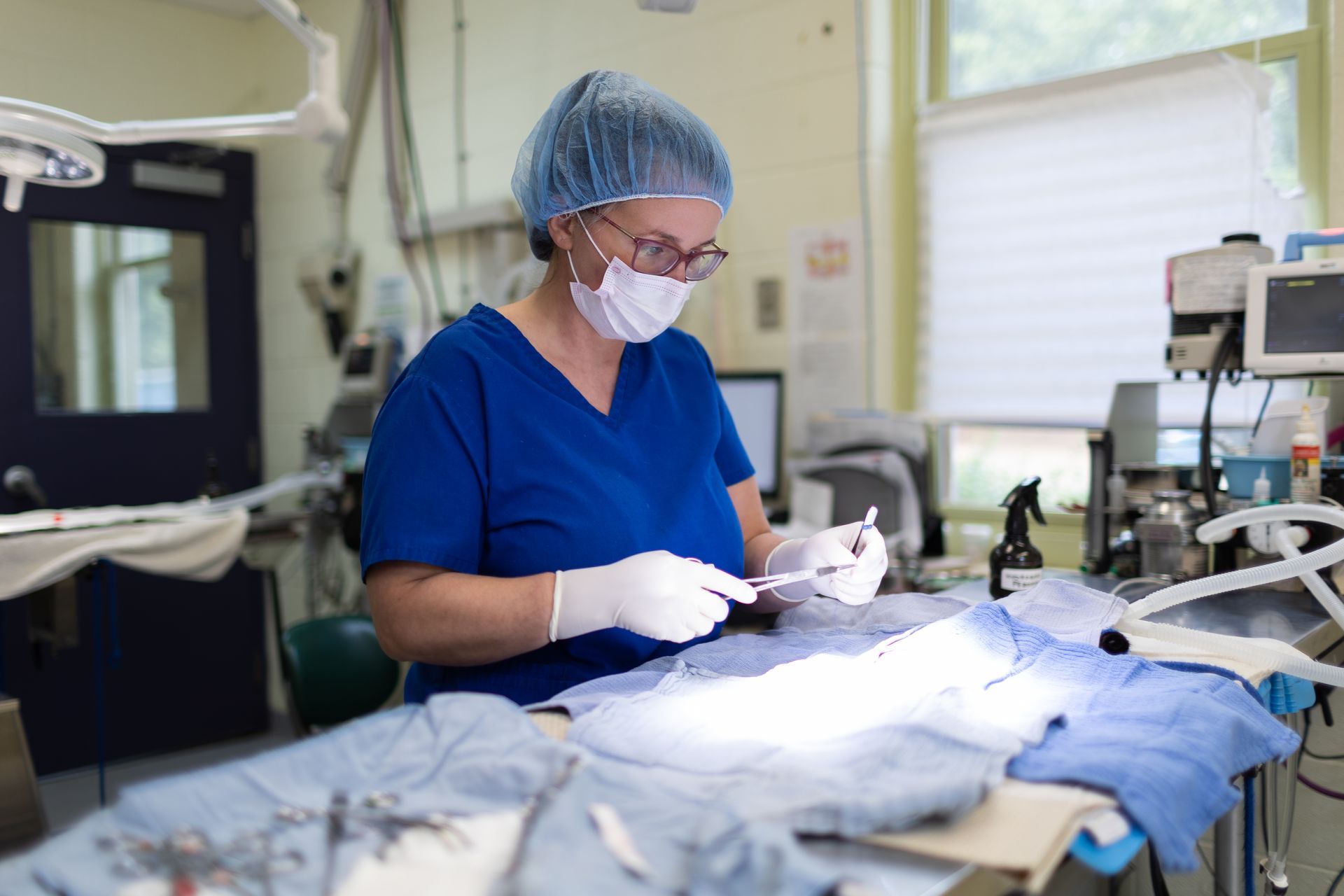
Slide title
Write your caption hereButton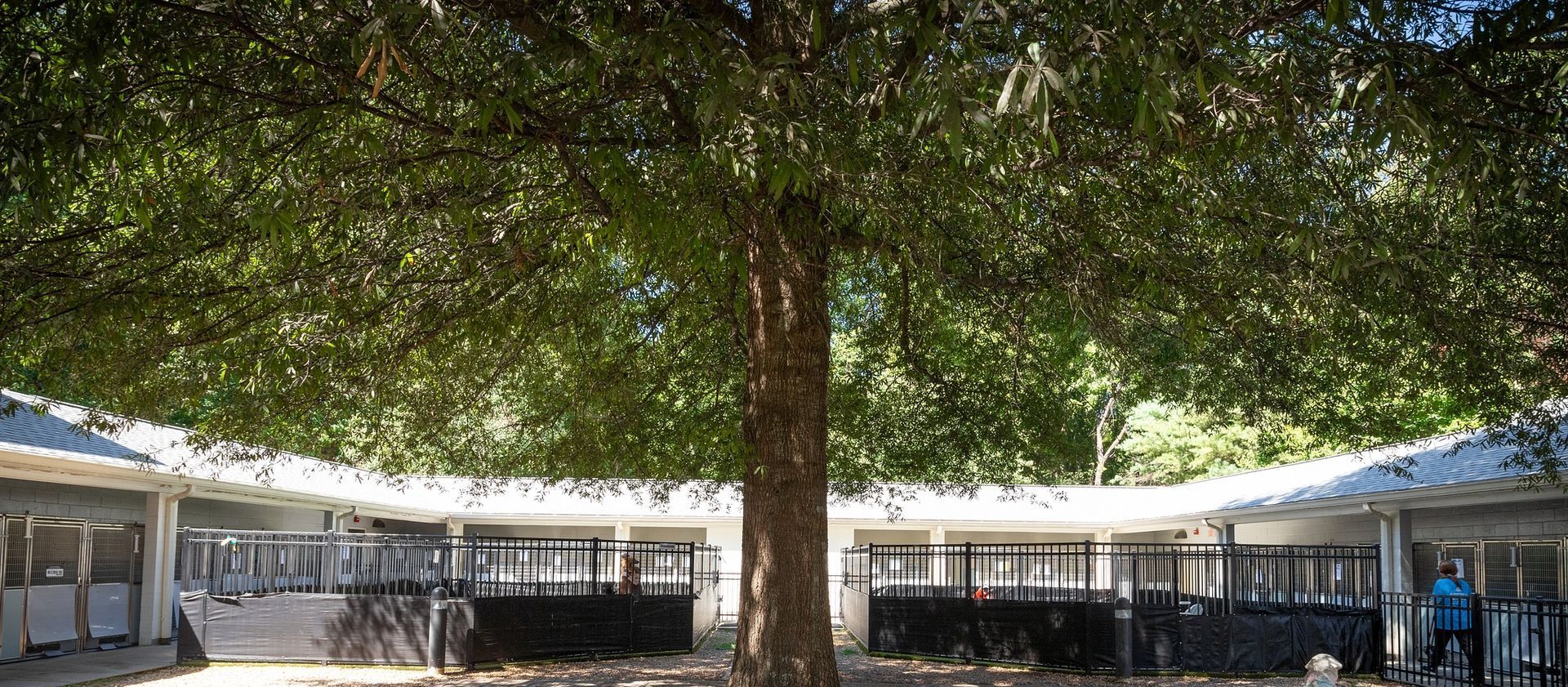
Slide title
Write your caption hereButton
Quick Links:
ADOPTION HOURS:
Daily: 12:00pm - 6:00pm
Charlottesville-Albemarle SPCA. This institution is an equal opportunity provider. | Web Design by Thrive Marketing | Privacy Policy
